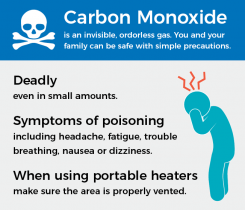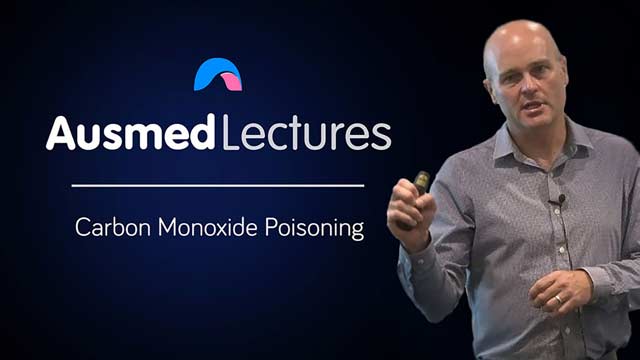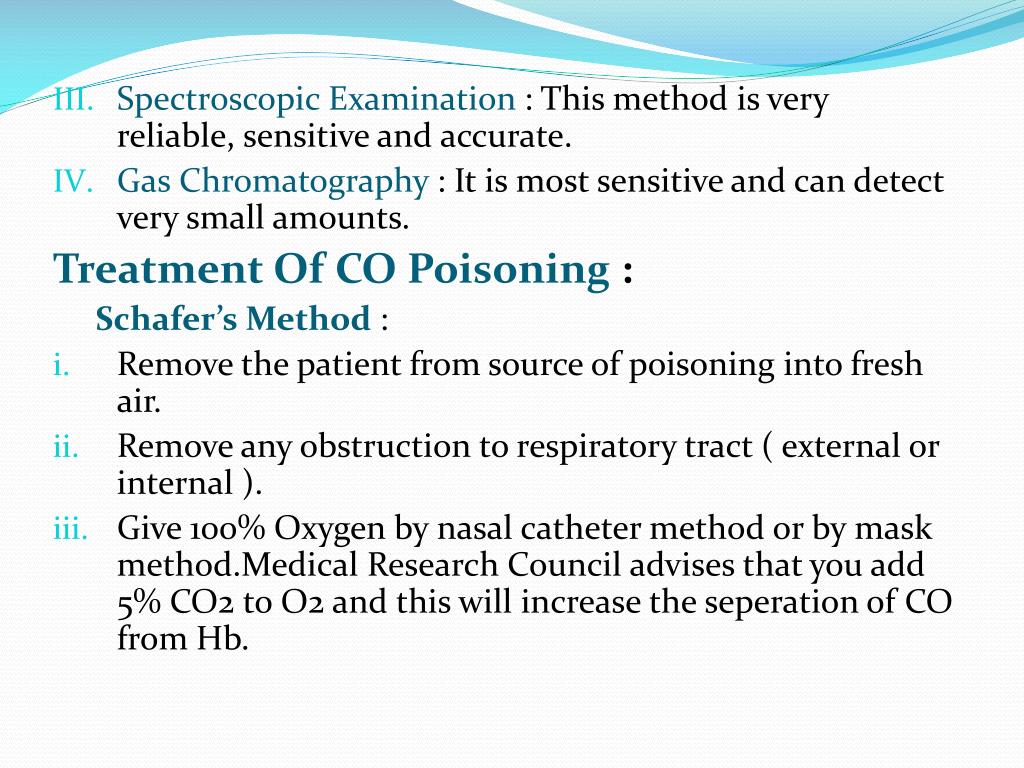

doi:10.1136/oem.59.10.708Ĭenters for Disease Control and Prevention. Effects on health of prolonged exposure to low concentrations of carbon monoxide. Carbon monoxide poisoning: pathogenesis, management, and future directions of therapy. It's time to change smoke and carbon monoxide alarm batteries.

keep flues, air vents and grilles clear and ensure rooms are well ventilated.Centers for Disease Control and Prevention.This is a requirement by law and is particularly important for students renting houses and flats if you are in rented accommodation ask your landlord to provide you with an up-to-date gas safety record.sweep chimneys and flues every year if you use solid fuel.have their fossil fuel and wood burning appliances - such as boilers, heaters and cookers - checked by an appropriately registered engineer.Alarms, however, should not be used as a substitute for regular servicing of appliances These cost as little as £20.00 and can be purchased from large DIY stores and food retail stores.
#CARBON MONOXIDE POISONING TEST INSTALL#
install an audible Carbon Monoxide alarm that meets British or European standards (BS Kitemark or EN 50291).To minimise the risk of carbon monoxide poisoning the PHA recommends the following: It is essential that people take care when using appliances and ensure that they are safe and used in properly ventilated spaces. Advice on the risks and measures that can be taken to prevent carbon monoxide poisoning is available online from nidirect. It is vital that we are all vigilant to ensure that we are protected from its dangers. Appliances should not be used again until they have been serviced by a registered engineer.Ĭarbon monoxide poisoning causes a number of deaths and hospital admissions each year. Please look out for these signs and symptoms and consider if carbon monoxide poisoning could be the cause.Īnyone who suspects they may be suffering from carbon monoxide poisoning should immediately turn off all appliances, go outside and seek medical help from a qualified healthcare professional. The signs and symptoms of carbon monoxide poisoning are often mistaken for other illnesses, such as food poisoning or flu – the symptoms can be similar to flu but without a raised temperature. It is a colourless, tasteless, odourless gas that is non-irritating, and as a result can be very hard to detect, so people need to be particularly vigilant for the signs and symptoms of carbon monoxide poisoning.īad weather and snow can also mean gas flues get blocked by ice, causing an increased risk of carbon monoxide poisoning.Ĭarbon monoxide poisoning can be fatal and can also cause long-term health problems if victims are exposed to low doses over a long period of time.

CO is produced when fossil fuels such as gas, coal, oil, wood, petrol and paraffin burn without enough oxygen. However, children, older people, pregnant women and people with heart or breathing problems are more vulnerable to its effects.ĭuring the cold weather people across Northern Ireland will be turning up the heating and lighting fires, increasing their risk of CO poisoning. The Public Health Agency is advising everyone to be aware of carbon monoxide poisoning. CO poisoning can be fatal and affect anyone.


 0 kommentar(er)
0 kommentar(er)
